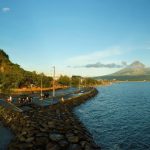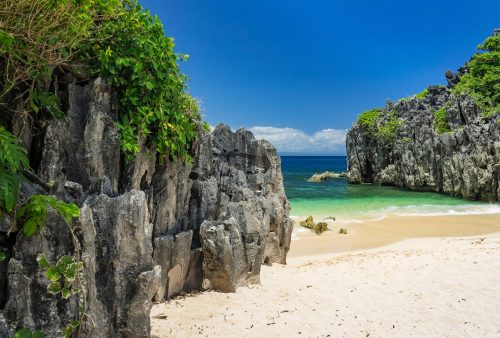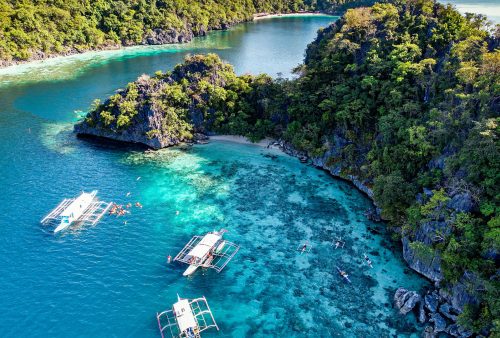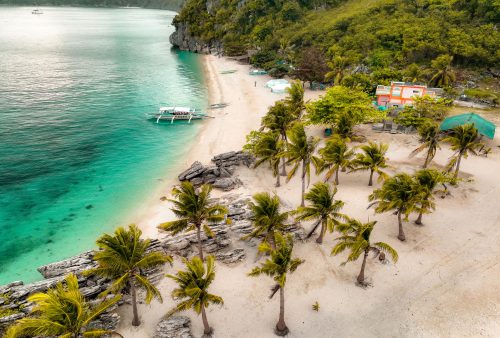Call us now to book your holidays and let’s see the top things to do in Manila:
Tour Intramuros.
The 64-hectare rock fortress, established by the Spanish during 1571, has survived wars, natural tragedies and continual seas of foreign intruders, and as such is positioned as a symbol for Manila itself. Intramuros is one of the few locations in the nation where you’ll be able to view hints of the Spanish Colonial Era. Aside from Vigan City’s well-known Calle Crisologo up north, one could also tour the colonial lifestyle in the Spanish era by touring Manila’s ancient location and most historic region. If you’re traveling to Intramuros, make certain to stroll or ride on the calesa (horse-pulled calash) to tour leading places like Fort Santiago and the Manila Cathedral.

Visit San Agustin Church.
Started at the conclusion of the 16th century, this remarkable structure is a UNESCO site and the most ancient rock constructed cathedral in the Philippines. The church is in the splendid Baroque type and requires a tour for its spectacular inner portions where trompe l’oeil portraits on the barrel cellar and pillars impersonate rosettes, pediments, laurels, reliefs and other complicated details. There’s a crucifix from the 1500s in the shrine, while the 17th-century stands in the choir are cut from wealthy molave wood decorated with ivory. Get there in advance or late during the day as the church closes to the people when weddings take place.

See San Agustin Museum.
The abbey joined to the chapel was damaged in the Second World War, but was reconstructed during the 1970s and its previous cafeteria, cloakroom, tomb, library, and halls now consist of a gallery. This is a look into Manila’s royal years and the past of the Catholic belief in the Philippines. There’s a large collection of religious art comprising of portraits, timber sculptures, crucifixes, furniture, traditional hymnals, ancient garments and altars transported here from churches all over the nation. You’ll also be offered lots of information about the metropolises’ past, from the arrival of the Spanish during the 1500s to the unfinished devastation of Manila during 1945.
Explore Binondo: The World’s First Chinatown.
Walking through numerous Chinatown’s all over the globe from Yaowarat in Bangkok to Chinatown in Buenos Aires is always an enjoyable food excursion. The world’s primary Chinatown also recognized as Binondo in Manila is no different. It’s an attractive spot to arouse your senses. Strolling the messy roads are mainly fascinating with plenty of people napping, going about their business, and consuming some delicious things.

Take a Walk on Manila Baywalk.
The waterfront boulevard on Manila Bay is exceptional during the evening when you could view the sun go down. Those shiny waters were the sequence for the Battle of Manila Bay amid the United States Navy and Spain during 1898, which concluded in a pivotal American triumph and brought the curtain down on the nearly 300 years of Spanish control. The Baywalk is two kilometers from the American Embassy down to the Cultural Center of the Philippines and has a border of palms shielding it from the hectic Roxas Boulevard. On the other side of the road are high-rise buildings, and as you travel down to the Manila Yacht Club there’s an area with restaurants and cafes. This is a friendly little region, with live road performers and food sellers.
Explore Fort Santiago.
Situated inside the enclosed metropolis of Intramuros in Manila rests Fort Santiago, the most ancient Spanish fort in the Philippines. Deliberately situated close to the entrance of the Pasig River just off Manila Bay, Fort Santiago was constructed during 1571. Initially, the location of a Muslim realm ruled by Rajah Suleiman the region was wrecked by Spaniards and the fort was constructed and soon turned into the chief security stronghold in the spice business with the Americas.

Visit Rizal Park.
Situated in the center of Manila. Rizal Park, the biggest urban park in Asia, is like a haven for tranquility and entertainment in the middle of Manila. It comprises of parks, courts, fountains, ancient symbols, an observatory, arena, open-air concert hall, a light-and-sound auditorium, eateries, food booths and lots of playgrounds.
Tagaytay: World’s Tiniest Functioning Volcano.
Mt. Taal is situated around a 2-3-hour trip from Manila next to a town known as Tagaytay and is thought to be the world’s tiniest functioning volcano. After arriving it is essential to get on a boat and go over the lake to the volcano island. Trekking to the summit takes no more than 1 hour and the sight with the fresh air is stunning. I know this is not precisely in Manila, but following the rest of these pursuits, a reasonable day tour from Manila with a tiny to medium sized crowd and fresh air is a welcome break.









